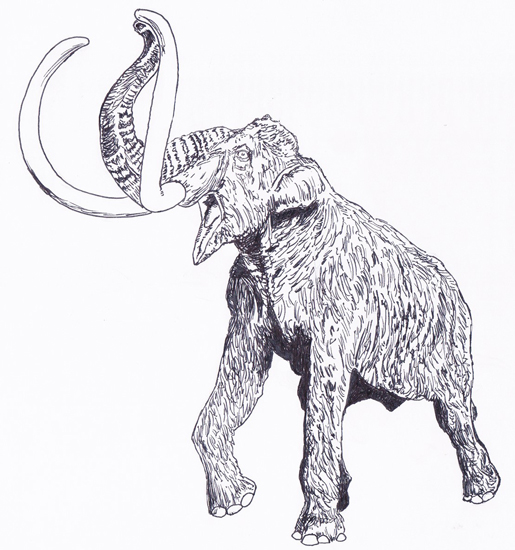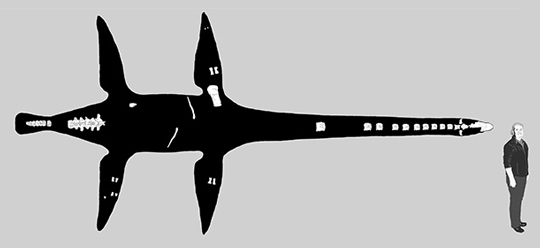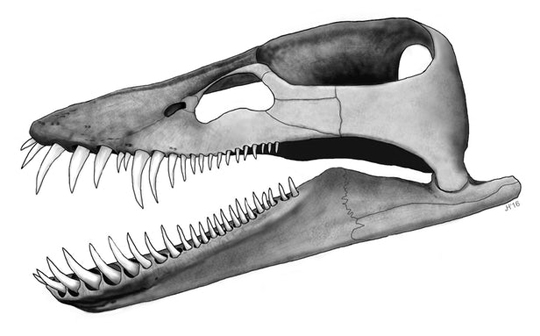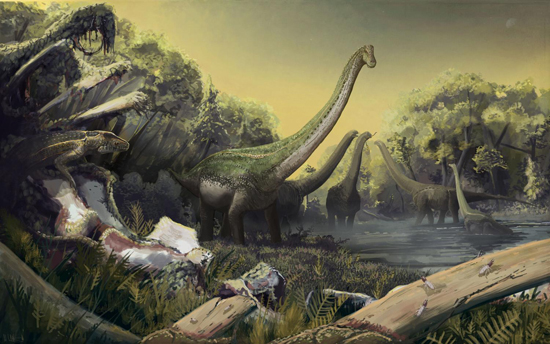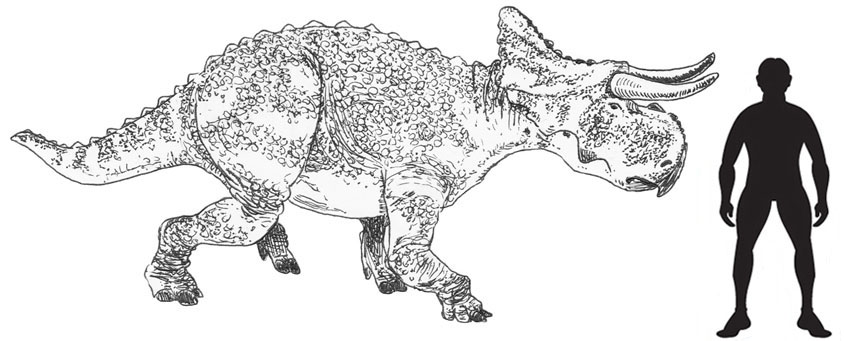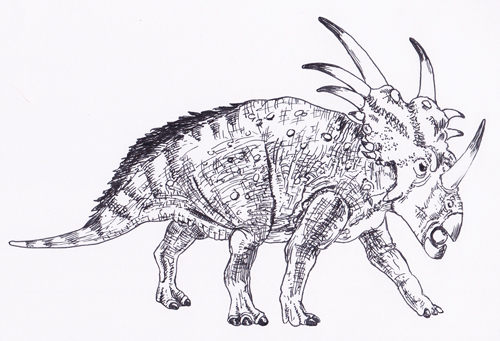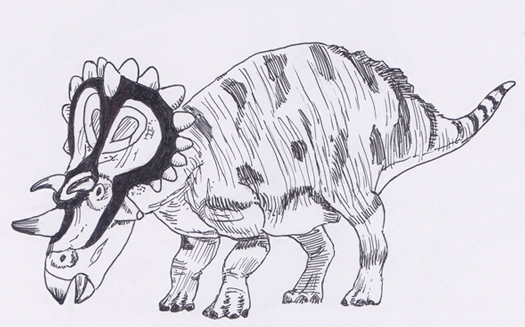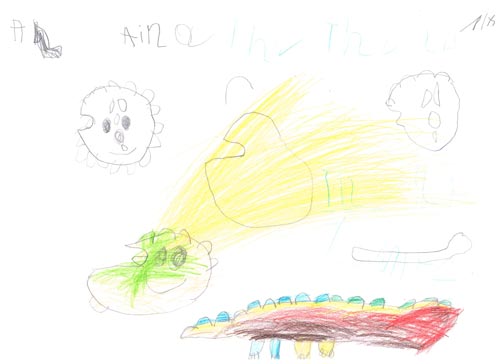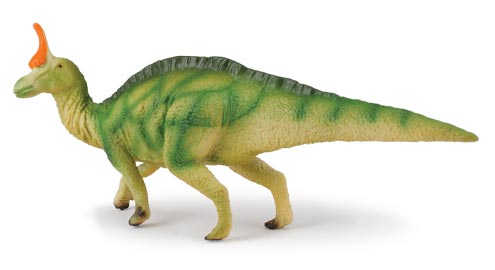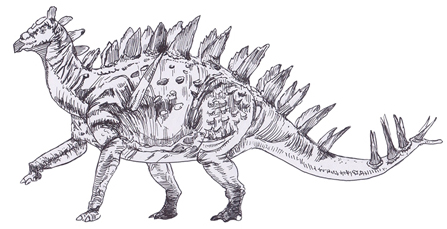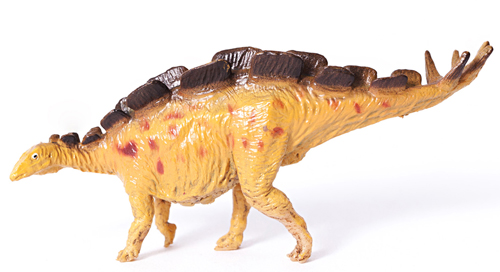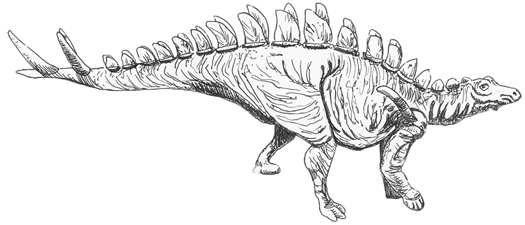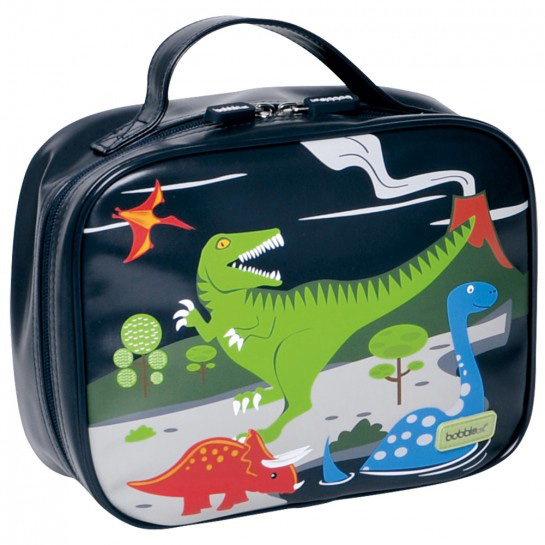Largest Ichthyosaurus on Record Springs a Couple of Surprises
A team of scientists from the UK and Germany have discovered the largest Ichthyosaurus known to science, what’s more, the specimen was pregnant at the time of its demise some 200 million years ago. In addition, the fossilised marine reptile, part of a collection at the Lower Saxony State Museum (Hannover, Germany), turned out to be a chimera. The specimen did not represent two ichthyosaurs (mum and the baby), but actually three! There’s a twist in this tale.
Ichthyosaurus somersetensis Specimen in the Study
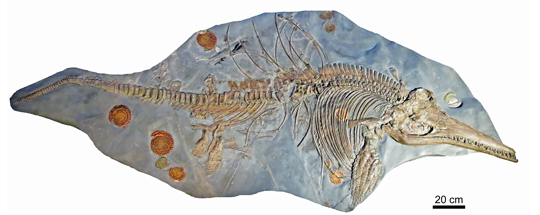
Ichthyosaurus specimen from the study.
Picture credit: Manchester University
Largest Ichthyosaurus
The new specimen is estimated to be between three and three and a half metres long. It is an adult female. The Ichthyosaurus genus consists of a number of species, several of which have been named and described in the last two years, with palaeontologist Dean Lomax of Manchester University, one of the authors of this new study, playing a prominent role in the description of Ichthyosaurus anningae (2015), I. larkini and I. somersetensis (both 2016).
The very first Ichthyosaurus species to be erected was Ichthyosaurus communis, that took place way back in 1822, thanks to the fossil finding exploits of Mary Anning. Lots of Ichthyosaurus fossils have been collected, mostly from Lower Jurassic rocks of Europe, as a result, this genus is the best known of all the ichthyosaurs.
An Illustration of a Typical Ichthyosaur
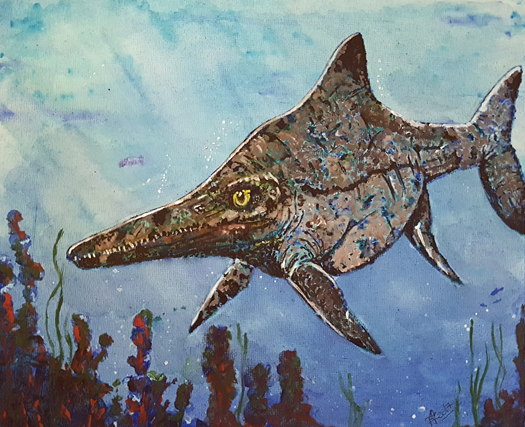
An ichthyosaur (courtesy of Robert Richardson).
Picture credit: Robert Richardson
Not the Biggest Genus in the Ichthyosauria
Ichthyosaurus is so well known in the scientific community that the Order to which this genus belongs (Order Ichthyosauria), was named after Ichthyosaurus. Most fossil examples of Ichthyosaurus show specimens of around two metres in length, this specimen was considerably larger, making it the largest Ichthyosaurus on record, although it would have been dwarfed by other members of the Ichthyosauria – giants such as Himalayasaurus and Shonisaurus that grew to lengths in excess of fifteen metres.
This fossil specimen was originally discovered on the Somerset coast, sometime in the mid 1990s. It remained unstudied until it ended up in the vertebrate fossil collection of the Lower Saxony State Museum. Co-author of the scientific paper, published in “Acta Palaeontologica Polonica”, Sven Sachs (Bielefeld Natural History Museum, Germany), first examined the fossil in August 2016, whilst on a routine visit to Hannover. He contacted Dean Lomax and the two scientists set about investigating just what the fossil actually represented.
The pair identified the fossil as an example of Ichthyosaurus somersetensis, a species that Dean and another colleague, Professor Judy Massare (Brockport College, New York), had named a year earlier.
Dean Lomax commented:
“It amazes me that specimens such as this [the biggest] can still be ‘rediscovered’ in museum collections. You don’t necessarily have to go out in the field to make a new discovery. This specimen provides new insights into the size range of the species, but also records only the third example of an Ichthyosaurus known with an embryo. That’s special.”
Ichthyosaurus Embryo
The embryo is incomplete and preserves only a portion of the back bone (vertebrae), a forefin, ribs and a few other bones. The preserved string of vertebrae is less than 7 centimetres in length. The bones of the embryo are not fully ossified, indicating that the embryo was still developing, when it and its mother perished.
A Life Reconstruction of the Ichthyosaurus with Location of the Embryo
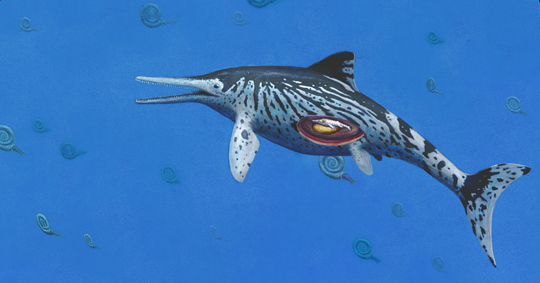
An illustration of the Ichthyosaurus showing the location of the embryo.
Picture credit: Joschua Knüppe
A Close View of the Embryo Fossil Material in the Body Cavity
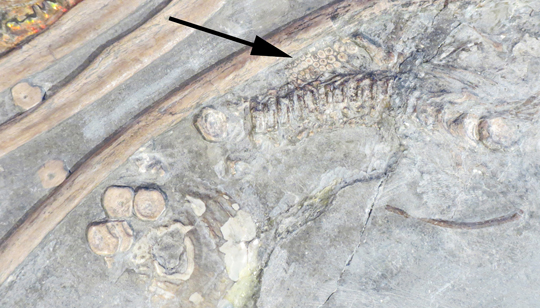
The black arrow indicates the position of the embryo fossil material.
Picture credit: Manchester University
Not the Right Tail
Dean and his co-author Sven, also made another intriguing discovery. The tail of this newly described specimen did not belong with the rest of the fossil skeleton. The rear portion of another ichthyosaur had been added, probably to make the exhibit more visually appealing. As well as being an expectant mother this Ichthyosaurus turned out to be a chimera.
Sven added:
“It is often important to examine fossils with a very critical eye. Sometimes, as in this instance, specimens aren’t exactly what they appear to be. However, it was not ‘put together’ to represent a fake, but simply for a better display specimen. But, if “fake” portions remain undetected then scientists can fall foul of this, which results in false information presented in the published record.”
To read about the discovery of I. larkini and I. somersetensis: Two New Species of British Ichthyosaurus Swim into View.
Sven Sachs went onto state:
“Specimens like this provide palaeontologists with important information about when these animals lived. Many examples of Ichthyosaurus are from historical collections and most do not have good geographical or geological records, but this specimen has it all. It may help to date other Ichthyosaur fossils that currently have no information.”
Dean Lomax and Sven Sachs Examining the Specimen
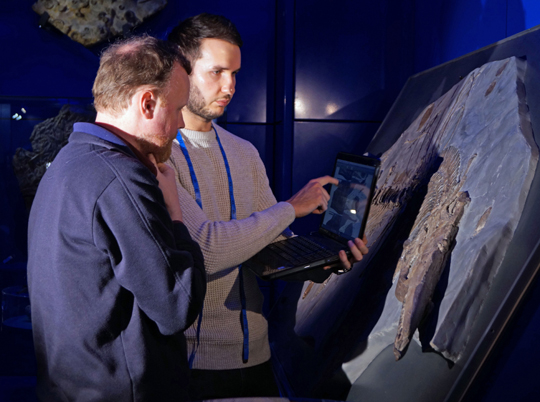
Dean Lomax and Sven Sachs study the specimen.
Picture credit: Manchester University
Visit the website of Dean Lomax: Dr Dean Lomax.
The scientific paper: “Lomax, D. R. and Sachs, S. 2017. On the largest Ichthyosaurus: A new specimen of Ichthyosaurus somersetensis containing an embryo” published in Acta Palaeontologica Polonica.
Visit the Everything Dinosaur website: Everything Dinosaur.


